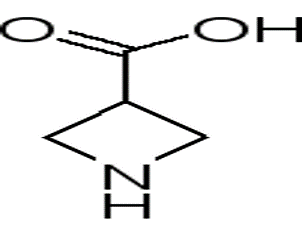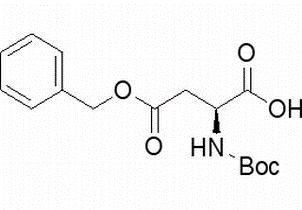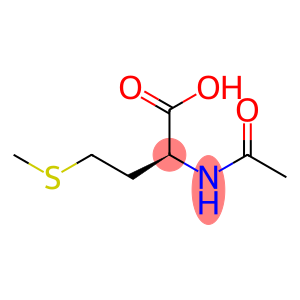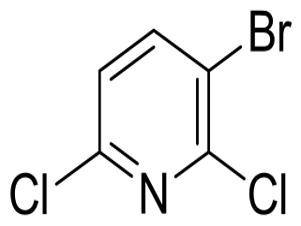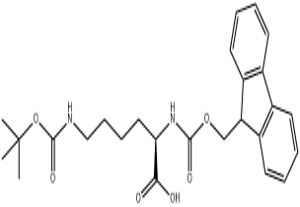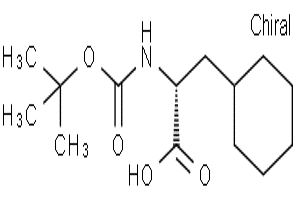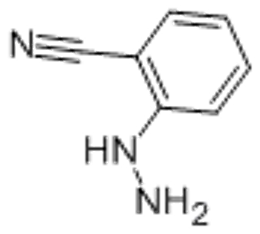3-Azetidinecarboxylic Acid(CAS# 36476-78-5)
| Hazard Symbols | Xi – Irritant |
| Risk Codes | 36/37/38 – Irritating to eyes, respiratory system and skin. |
| Safety Description | S24/25 – Avoid contact with skin and eyes. S22 – Do not breathe dust. S36 – Wear suitable protective clothing. S26 – In case of contact with eyes, rinse immediately with plenty of water and seek medical advice. |
| WGK Germany | 3 |
| RTECS | CM4310600 |
| HS Code | 29349990 |
| Hazard Class | IRRITANT |
| Toxicity | LD50 orl-rat: >5 g/kg FMCHA2 -,C65,91 |
Introduction
3-acrobutylinic carboxylic acid, also known as 3-acrobutylinylcarboxylic acid, is an organic compound. The following is an introduction to some properties, uses, preparation methods and safety information of 3-acrobutydinecarboxylic acid:
Quality:
Appearance: 3-acridinecarboxylic acid exists in a white to slightly yellow crystalline form.
Solubility: 3-acrebutyridine carboxylic acid can be dissolved in water, and can also be soluble in alcohols, ether solvents and other organic solvents.
Stability: At room temperature, 3-acrobutyridine carboxylic acid is relatively stable.
Use:
Chemical synthesis: 3-acrobutydinecarboxylic acid is often used as a reagent in organic synthesis reactions, and can participate in esterification, etherification and other reactions.
Method:
The preparation of 3-acrobutydinecarboxylic acid is generally carried out by the following steps:
Dissolve 3-acridine in water or other suitable solvents.
Chemical reagents such as monocopper chloride and potassium carbonate are added for the reaction.
Finally, the products in the reaction system can be filtered, crystallized and other operations to obtain pure products.
Safety Information:
Under normal conditions of use, 3-acrobutydinecarboxylic acid is relatively safe. Any chemicals should be used under the correct operating conditions
Avoid direct contact with skin and eyes, and avoid inhalation or ingestion.
Appropriate personal protective equipment (PPE) such as lab gloves, goggles, etc., should be worn when in use.
When storing, 3-acridine carboxylic acid should be sealed and stored in a dry, cool place, away from fire and oxidants.
In any case, if you are unsure about the correct handling of 3-acrobutydinecarboxylic acid, consult a professional or consult the relevant safety literature.


